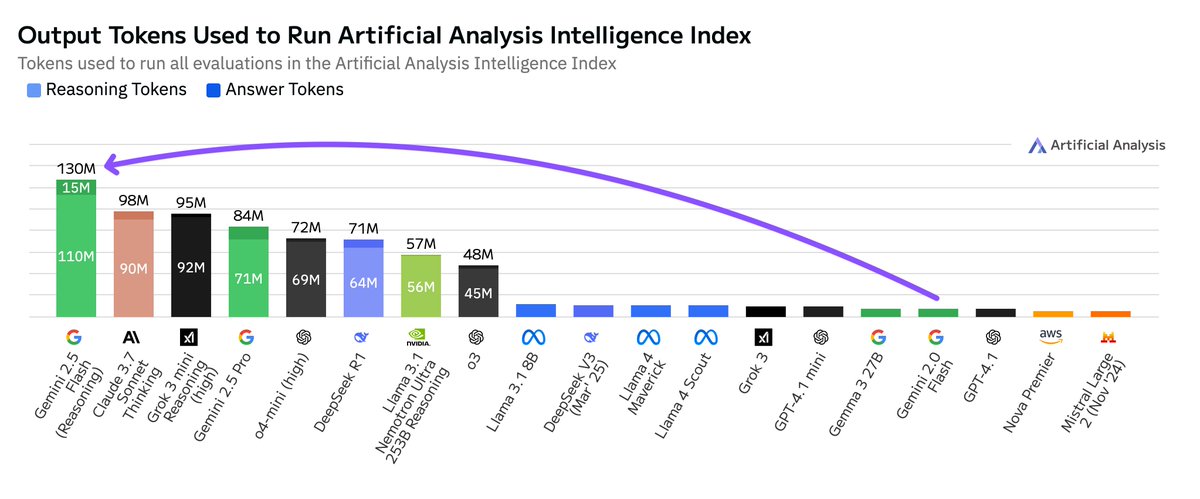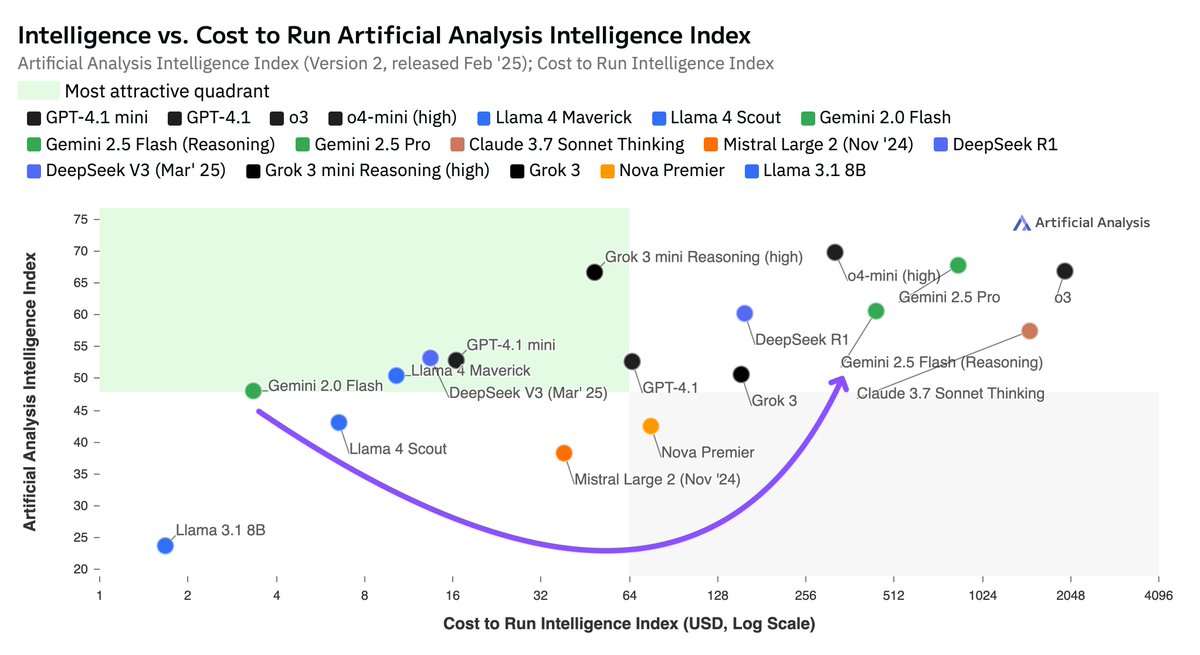Announcing MicroEvals🧩: the fastest way to vibe check models your use case
Every time we benchmark a model, we want to go beyond the numbers and see how it feels. It’s surprisingly hard to do that and it shouldn’t be!
Today, we’re announcing MicroEvals on Artificial Analysis. It’s the fastest way to test a bunch of prompts across models.
MicroEvals are free to create and can be built in under a minute, simply add prompts and select models. Currently all MicroEvals are public and we provide comparison-friendly views including HTML rendering, SVG support (credit to @simonw's famous pelican on a bike SVG), p5 js animations and more. Careful, playing the games is addictive!
We can’t wait to see what MicroEvals the community will create!
Here are a few examples of questions that MicroEvals might help answer:
➤ Is Claude’s writing style really still better than GPT’s?
➤ Are any <3B models smart enough for my classification task?
➤ Can o3 or Claude 4 solve my questions that no other model gets right?
➤ Which model bounces balls in a spinning hexagon best?
➤ How do different versions of my prompt change the way different models answer?
See below for a link to try it out! 👇
Every time we benchmark a model, we want to go beyond the numbers and see how it feels. It’s surprisingly hard to do that and it shouldn’t be!
Today, we’re announcing MicroEvals on Artificial Analysis. It’s the fastest way to test a bunch of prompts across models.
MicroEvals are free to create and can be built in under a minute, simply add prompts and select models. Currently all MicroEvals are public and we provide comparison-friendly views including HTML rendering, SVG support (credit to @simonw's famous pelican on a bike SVG), p5 js animations and more. Careful, playing the games is addictive!
We can’t wait to see what MicroEvals the community will create!
Here are a few examples of questions that MicroEvals might help answer:
➤ Is Claude’s writing style really still better than GPT’s?
➤ Are any <3B models smart enough for my classification task?
➤ Can o3 or Claude 4 solve my questions that no other model gets right?
➤ Which model bounces balls in a spinning hexagon best?
➤ How do different versions of my prompt change the way different models answer?
See below for a link to try it out! 👇
One of our favorites: "Create a p5.js animation of an astronaut dropping a feather and a hammer simultaneously on the surface of the moon (the Apollo 15 lunar module should be visible in the background)."
Link to MicroEval: artificialanalysis.ai/microevals/p5j…
Link to MicroEval: artificialanalysis.ai/microevals/p5j…
Link to MicroEvals:
Creating your own is free and takes less than a minute 🚀artificialanalysis.ai/microevals
Creating your own is free and takes less than a minute 🚀artificialanalysis.ai/microevals
• • •
Missing some Tweet in this thread? You can try to
force a refresh


























